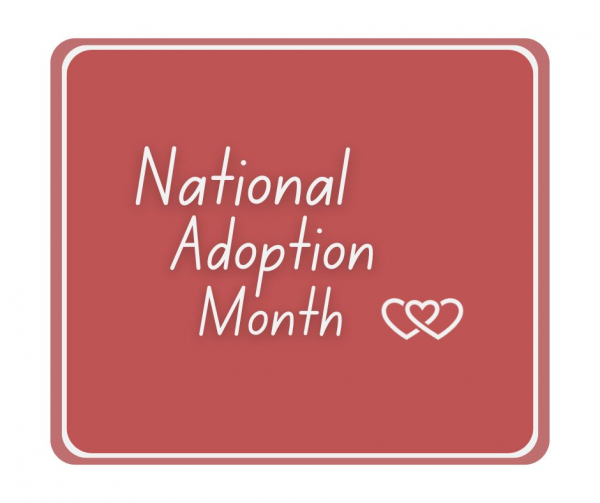Why I Adopted Multiple Children
We were hunkered down in the middle of an ice storm when we got the phone call. The attorney on the other end of the phone asked how soon we’d be able to make it to the hospital.
We made a few phone calls, dropped our 18-month-old daughter off at Grandma and Grandpa’s house, and before we knew it, we were swooning over our newest daughter in a hospital two hours away.
Adopting a second child was a complete and total whirlwind for us. While adopting again was definitely buried in our long-term plans, we weren’t prepared to do it so soon. We didn’t have a second crib, another high chair or even a bedroom ready for another baby. In fact, our home study had recently expired with the state, and we had just begun the process to become licensed foster parents.
But, it just so happened this little 8-pound bundle was meant to be part of our family, and we wouldn’t change it for the world.
It’s been two years since we brought our second daughter home, and I remember introducing our newest arrival to family, friends and neighbors like it was yesterday.
One of the most common comments we received was, “I didn’t know you were going to adopt again!”
The thing is—we didn’t quite know either. We knew we would, we just didn’t know when.
You see, when we adopted our first child and became a transracial family, we learned how important it was for her to be around others who resemble her—not just in our community, but within our own family.
As white parents to a black child, we also understood there would be times we’d fall short. We still anticipate moments in our daughter’s life that we won’t be able to relate to firsthand. As a child of color, she will experience the world much differently than my husband and I. And while we’ll continue to do our best to learn, grow and immerse ourselves into diverse communities, schools and events, we’ve gleaned valuable insight from adoptees about the importance of having a sibling to share similar experiences with.
For us, there was never a doubt adopting a child the same race as our oldest was a good idea. It’s just a bonus to have them so close in age so they can tug on each other’s braids and beads, learn about the world together and grow up experiencing the complexities of open adoption side-by-side. That is why we adopted children of the same race and background.








